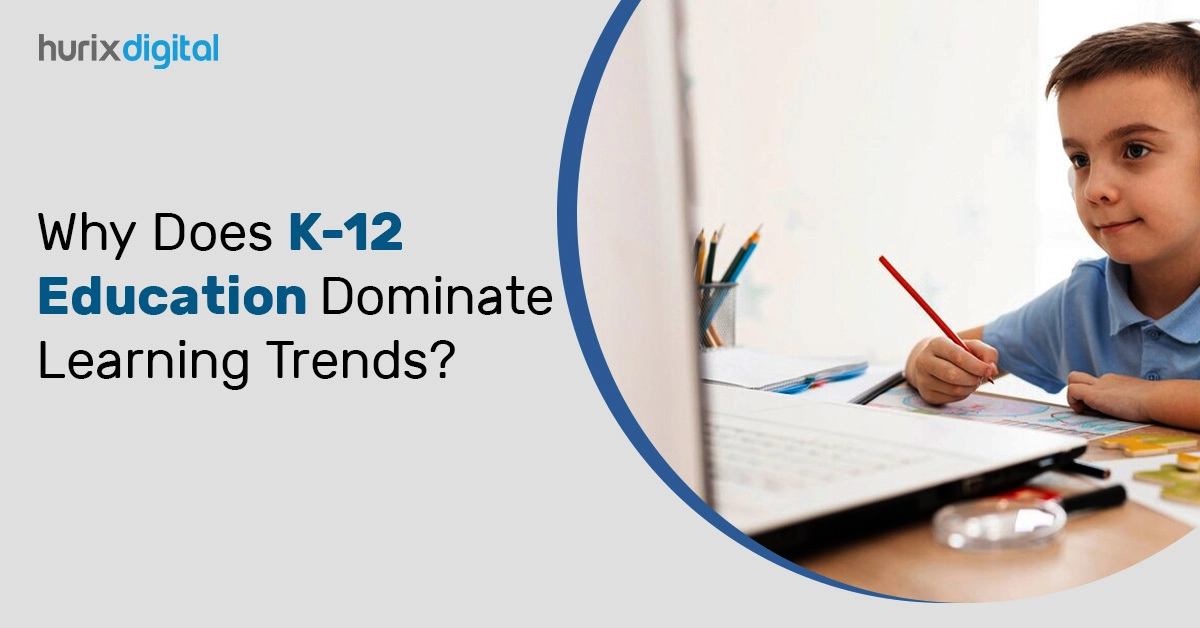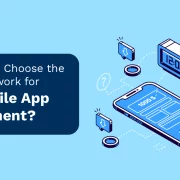
Why does K-12 Education Dominate Learning Trends?
Summary
Explore the reasons behind the dominance of K-12 education in 2023 learning trends, focusing on the increased use of technology, the rise of personalized learning, and the demand for flexible educational solutions.
K-12 learning serves as the foundation for our modern educational system. As a result, it plays a crucial role in shaping the minds of our children and preparing them for the future. But, despite technological advancements and the evolution of the job market, why does K-12 education continue to dominate learning trends in 2023?
In this article, let’s explore why and how.
Why is K-12 the Preferred Educational Model, and Why Will it Continue to Dominate Learning Trends in 2023?
- K-12 Learning Provides a Solid Foundation
- K-12 Solutions Are Accessible Worldwide
- K-12 Learning Has Become a Part of Most Cultures
- There Are No Viable Alternatives to K-12 Solutions
- K-12 Learning Has a Standardized Curriculum
- K-12 Education Has Specialized Programs and Resources
- K-12 Learning Encourages Parental Involvement
- K-12 Learning Promotes Learning in a Classroom Setting
- K-12 Learning Encourages and Improves Socialization Among Students
- Governments Fund K-12 Learning in Many Countries
K-12 learning has been the cornerstone of learning for decades, which is also why this education model is so popular and one of the prevailing learning trends year after year;
-
K-12 Learning Provides a Solid Foundation
A solid foundation is vital to understanding the world around you. K-12 learning provides students with just that in various academic areas while developing essential life skills.
Furthermore, a high school education is almost always necessary for many entry-level jobs worldwide. A high school diploma is also a prerequisite for pursuing higher education. This makes the K-12 learning model a critical component of the overall education system.
-
K-12 Solutions Are Accessible Worldwide
K-12 learning is an education model followed in most countries, making it the most practical and convenient option globally.
While some countries provide free education, others have public schools open to all and are the primary providers of K-12 learning worldwide. This level of accessibility is a game changer for students from poor socioeconomic backgrounds.
-
K-12 Learning Has Become a Part of Most Cultures
K-12 education is deeply ingrained in tradition and culture and is often viewed as a rite of passage for young people. This cultural significance may make it difficult for alternative forms of education to displace K-12 education.
For example, in most cultures, completing high school is viewed as a rite of passage and a significant milestone in a person’s life. In addition, it is a traditional way of preparing students for the future.
-
There Are No Viable Alternatives to K-12 Solutions
While there have been technological advancements and the emergence of alternative forms of education, they have yet to be widely accepted or recognized as replacements for K-12 education. Employers and educational institutions still only accept K-12 learning as an essential prerequisite.
-
K-12 Learning Has a Standardized Curriculum
K-12 education is based on a standardized curriculum followed worldwide with minor variations. This standardization helps ensure that students receive a consistent education regardless of which corner of the world they study in or which educational institute they graduate from.
This is important for ensuring that students have the same understanding and knowledge of specific subjects regardless of their school. Furthermore, a standardized curriculum helps provide a level playing field for students.
-
K-12 Education Has Specialized Programs and Resources
The K-12 education model considers the needs of various students, including those with special needs or those for whom English is not their primary language.
Schools with specialized programs for these students, for example, can provide a more challenging and stimulating learning environment, allowing them to reach their full potential. Schools with specialized programs for students with special needs, on the other hand, provide a more inclusive and supportive learning environment.
-
K-12 Learning Encourages Parental Involvement
K-12 learning is often the primary education for children and encourages parental involvement in their children’s education. Parental involvement ensures parents play an active role in their children’s education.
This can be highly beneficial as studies have shown that students who have parental involvement in their education tend to have higher academic achievements in life, better attitudes towards school, and better social skills.
This learning format also positively affects the bond between parent and their children. In addition, it gives the children an additional avenue for support and assistance with their studies outside school.
-
K-12 Learning Promotes Learning in a Classroom Setting
K-12 education is typically provided in a classroom setting, which allows students to learn in a structured environment with peers and teachers. This traditional setting is familiar and comfortable for many students and parents.
It also allows face-to-face interaction between students and teachers, benefiting student learning. For example, students may be more likely to ask questions and engage with the material in a classroom.
-
K-12 Learning Encourages and Improves Socialization Among Students
The K-12 learning model enables students to socialize with their peers in school, which can help them develop essential social skills and foster a sense of community. This socialization is critical for students’ development because it prepares them for life outside the classroom.
Furthermore, K-12 education exposes students to diverse peers from various backgrounds, which can broaden their perspectives and foster understanding and tolerance.
-
Governments Fund K-12 Learning in Many Countries
Governments worldwide support and fund K-12 education as the primary form of education, ensuring its dominance in the educational landscape. In addition, most governments prioritize primary and secondary education as a critical investment in the future workforce.
In the United States, for example, the federal government funds local school districts through programs like the Elementary and Secondary Education Act and the Individuals with Disabilities Education Act.
These funds support and improve K-12 education in various ways, including providing resources for students with special needs and supporting programs to close the achievement gap.
Furthermore, government policies frequently require students to attend K-12 education, making it an essential requirement.
Summing It Up
K-12 learning was and will continue to be the foundation of modern learning.
With its many advantages, from the standardized curriculum to specialized programs and resources, K-12 learning provides a comprehensive and well-rounded education that prepares students for the future. For these reasons, K-12 is the preferred education model worldwide, and all advances made in the field will continue to influence learning trends in 2023 and beyond.
We have already established that K-12 learning will dominate educational trends in 2023. You, too, can unlock the full potential of your digital content with Hurix Digital’s Content Solutions. Our experienced team of experts can help you create, manage, and distribute high-quality K-12 solutions.
Trust Hurix Digital to take your K-12 learning content to the next level.

Performance, Results, Growth, and Life-Long Learning define my professional life. I am passionate about making workplace learning planful, purposeful, and impactful. I take pride in partnering with clients and bringing them the best in learning design and creating solutions that address business challenges.




